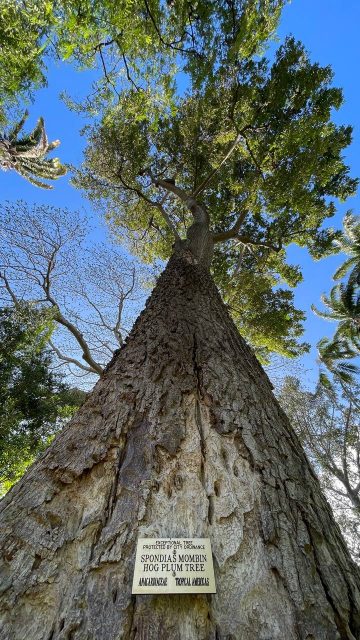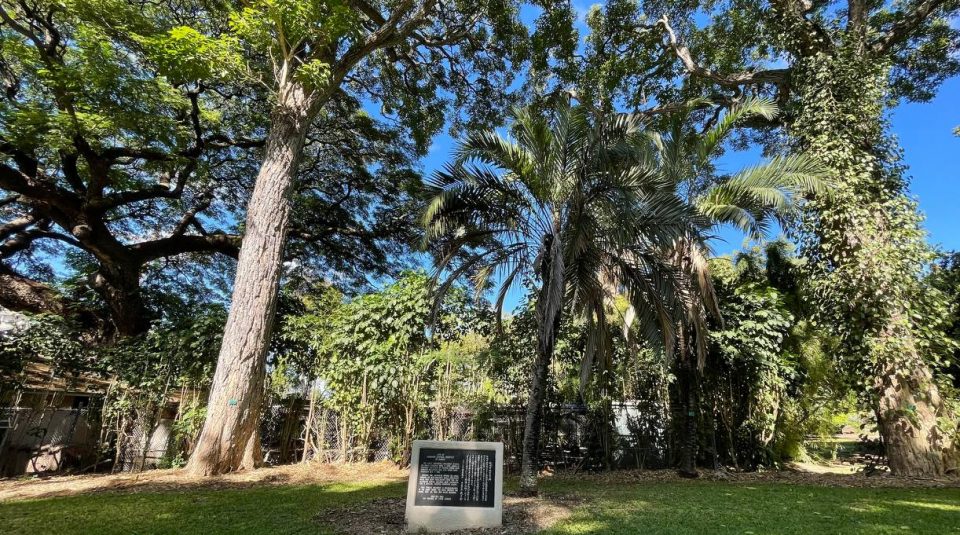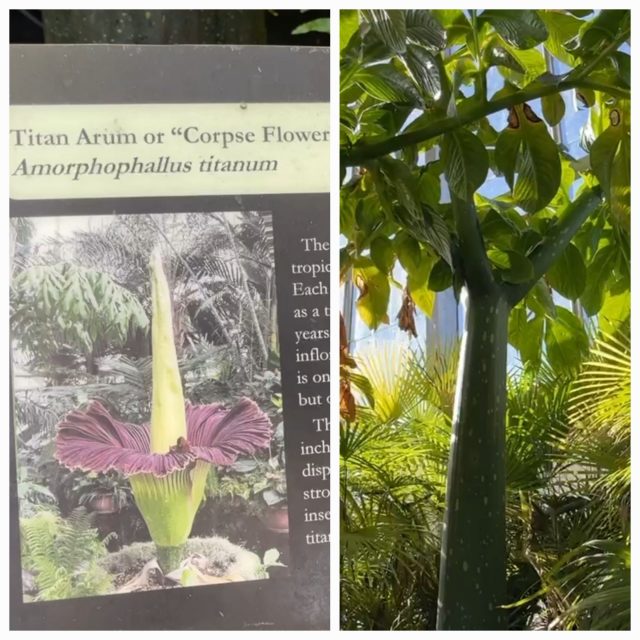By Mio Acenas and Alfred Acenas
Eagle News Service
HONOLULU (Eagle News) – From February 13 until May of this year, Foster Botanical Garden in Honolulu will be closed to give way to an ongoing project designed to improve accessibility for visitors with limited mobility.
However, the community garden plots are expected to remain accessible to the public during the 11-week renovation.
According to the city’s Parks and Recreation Department, the project aims to improve the accessibility at the entrance, restrooms, community garden and pathways.
Specific improvements will include but are not limited to the following:
- Reconstructing the main garden entrance with new pavement, handrails, ramps, and a low-wall seating area.
- Refurbishing existing parking stalls and signage as per guidance from the Americans with Disabilities Act (ADA).
- Adding new accessible plots to the community garden.
- Renovating the inside of the restroom buildings.
- Installing a replacement drinking fountain.
The existing pathways consist of various materials at various grades and quality. The city government intends to reconstruct them to be consistent, thereby improving visitor circulation throughout the garden.

The project is part of the Community Development Block Grant (CDBG), a federally-funded initiative to provide annual grants principally for the improvement of communities in low to moderate-income areas. CDBG funds account for the majority of the $1.266 million construction contract, awarded to Site Engineering, Inc.
Another project within the botanical garden is slated for later this summer. Details are forthcoming.
Named after philanthropist Mary Elizabeth Mikahala Robinson Foster, the 14-acre (5.7-hectare) recreational area is the oldest of Honolulu’s five botanical gardens.

Some of the oldest trees therein were planted in the 1850s by Dr. William Hillebrand, a German doctor who practiced medicine in several different countries, including more than 20 years in the Hawaiian Islands.
Today, Foster Botanical is home to hundreds of species of tropical plants, trees and flowers, including the ever-popular Amorphophallus titanum, also known as the Corpse Flower.
Other highlights in the garden include The Conservatory, Outdoor Butterfly Garden, Palm Garden, Prehistoric Glen Cycad Collection, Exceptional Trees, and Gift Shop.

(Eagle News Service)
